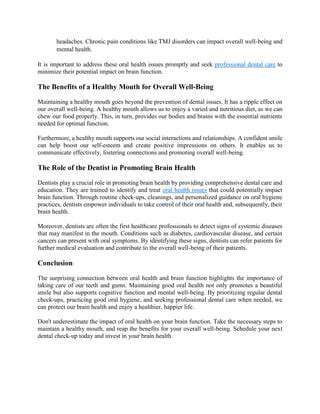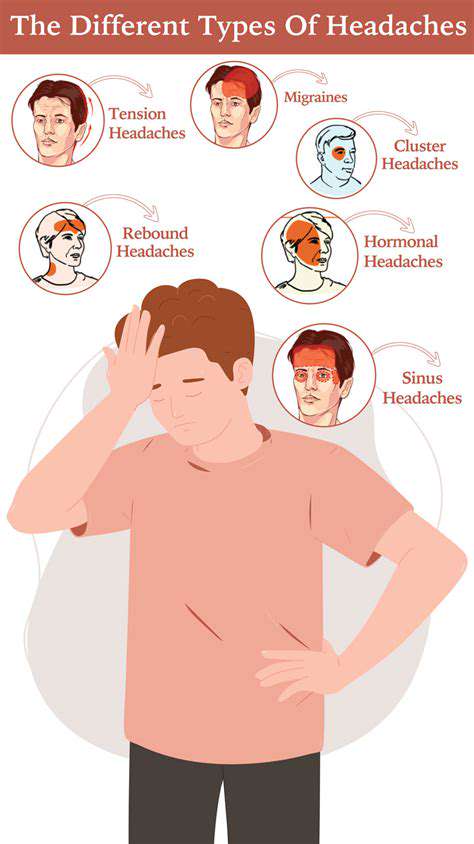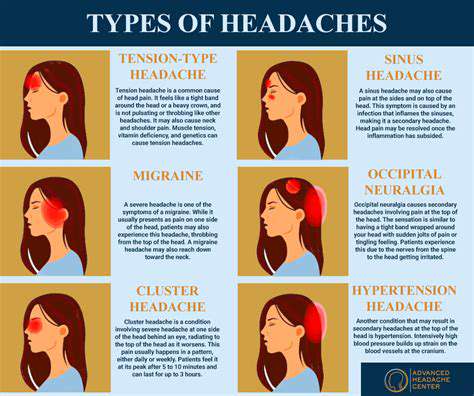Using Blue Light Filtering Glasses: Do They Help Headaches?
Blue Light and Eye Strain
Blue light, a component of visible light, is emitted from digital screens, smartphones, tablets, and even some types of lighting. Prolonged exposure to this type of light can lead to eye strain, headaches, and even sleep disturbances. This strain isn't just a minor inconvenience; it can affect productivity and overall well-being, particularly for individuals who spend significant hours engaging with digital devices.
The impact of blue light on the eyes is complex, and research is ongoing. However, there's a growing body of evidence linking prolonged screen time with eye fatigue and potential long-term effects, which is why blue light filtering glasses have gained popularity.
Filtering Glasses and Their Mechanism
Blue light filtering glasses, often called computer glasses, are designed to reduce the amount of high-energy blue light that reaches the eyes. They achieve this through various methods, including specialized lens coatings that absorb or scatter blue light. These coatings can vary in their effectiveness, with some offering broader protection than others. Understanding the specific mechanism of the filters used in a pair of glasses is important in assessing their potential effectiveness.
The effectiveness of blue light filtering glasses depends on the quality and design of the lenses, as well as the specific wavelengths of light they are designed to filter. The technology behind these lenses continues to evolve, offering increasingly sophisticated and targeted filtering capabilities.
Scientific Evidence: What the Studies Show
While anecdotal evidence suggests that blue light filtering glasses can alleviate eye strain, robust scientific studies are needed to confirm their effectiveness. Some studies have shown a correlation between reduced blue light exposure and a decrease in eye strain symptoms. However, many studies are small-scale or have methodological limitations, making it difficult to draw definitive conclusions.
The research on the long-term effects of blue light filtering glasses is still emerging. More research is needed to fully understand the potential benefits and drawbacks of using these glasses for extended periods.
Potential Benefits Beyond Eye Strain
Beyond the immediate relief from eye strain, blue light filtering glasses may offer other potential benefits. Some research suggests a link between reduced blue light exposure and improved sleep quality. This is because blue light can interfere with the body's natural sleep-wake cycle by suppressing the production of melatonin, a hormone crucial for regulating sleep.
The idea that these glasses might improve sleep quality is an intriguing possibility that merits further investigation, as it could have a significant positive impact on overall health and well-being.
Individual Variation and User Experience
Individual responses to blue light filtering glasses can vary significantly. Factors such as the intensity of blue light exposure, the type of lenses used, and the individual's sensitivity to light can all play a role in how effective the glasses are. Some users may experience a noticeable reduction in eye strain and improved sleep, while others may not observe any significant changes.
Cost-Effectiveness and Accessibility
The cost of blue light filtering glasses can vary depending on the brand, quality, and features. More affordable options are readily available, making them accessible to a wider range of individuals. However, it's essential to consider the potential return on investment, weighing the cost against the potential benefits. The long-term effectiveness and cost-effectiveness of using these glasses should be considered when making a purchase decision.
Assessing the value proposition and ensuring that the chosen glasses align with individual needs is crucial for achieving the desired outcomes.
Creating a daily routine can significantly enhance personal productivity by providing structure to one's day. A consistent routine helps to minimize decision fatigue, allowing individuals to focus on more important tasks. By establishing regular patterns, people can allocate specific times for work, exercise, leisure, and rest, leading to a more balanced lifestyle.
Potential Benefits Beyond Headaches

Potential Stress Relief
Chronic headaches can be a significant source of stress, impacting daily life and overall well-being. Effective headache management can lead to a noticeable decrease in stress levels. This reduction in stress can manifest in improved mood and better sleep quality. Finding strategies to effectively manage headaches, therefore, becomes crucial for overall health and happiness.
Reducing stress allows the body to function more optimally, leading to better cognitive function and improved relationships. When headaches are effectively managed, individuals can engage more fully in activities they enjoy, further contributing to a positive and productive lifestyle.
Improved Sleep Quality
Headaches, especially migraine headaches, can significantly disrupt sleep patterns. Consistent pain can make it difficult to fall asleep and stay asleep, resulting in sleep deprivation. This sleep deprivation can lead to a multitude of negative consequences, including fatigue, irritability, and difficulty concentrating.
Improved sleep hygiene, combined with effective headache management, can significantly enhance sleep quality. This positive feedback loop leads to a more rested and rejuvenated individual, promoting overall well-being and cognitive function.
Enhanced Productivity and Focus
The constant pain and discomfort associated with headaches can drastically impact productivity and focus. Individuals experiencing frequent headaches may find it challenging to concentrate on tasks, leading to decreased efficiency and potential errors. This diminished ability to focus can have substantial consequences in both personal and professional settings.
Effective headache management can lead to increased concentration spans and improved cognitive function. This translates into enhanced productivity, improved performance, and greater success in various areas of life.
Boosted Mood and Emotional Well-being
Headaches can significantly impact mood and emotional well-being. Persistent pain can contribute to feelings of frustration, irritability, and even depression. Dealing with the pain on a daily basis can take a toll on mental health, creating a vicious cycle.
Effective headache management strategies can help to alleviate these negative emotions. This allows individuals to experience more positive emotions, leading to a greater sense of well-being and improved overall mental health.
Improved Physical Functioning
Headaches can cause physical discomfort, impacting daily activities and overall physical functioning. The pain can limit physical activity, leading to decreased mobility and potential fatigue. This can affect simple tasks like walking, working, and enjoying leisure activities.
Managing headaches allows individuals to participate more fully in physical activities. This increased physical activity can lead to improved cardiovascular health, increased energy levels, and a greater sense of overall well-being.
Reduced Healthcare Costs
Managing headaches effectively can lead to decreased healthcare costs over time. By reducing the frequency and severity of headaches, individuals may need fewer doctor visits, fewer medications, and less time off work or school. This reduction in healthcare costs can be significant, providing financial relief and allowing for more efficient allocation of resources.
Effective headache management often involves lifestyle changes, stress reduction techniques, and preventative measures. These approaches can be more cost-effective in the long run than relying solely on medication or extensive medical interventions.









